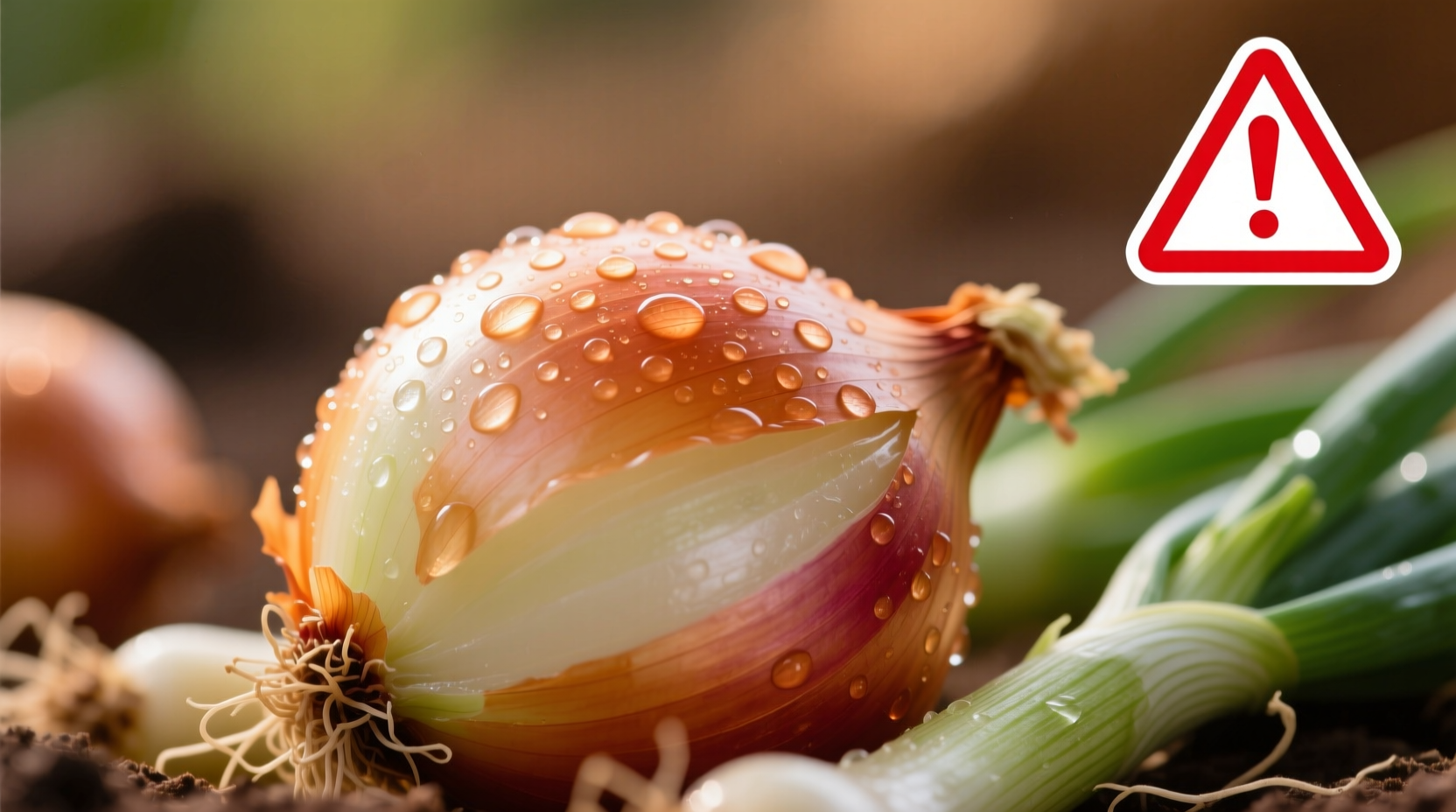Understanding Onion Allergy: More Than Just a Stomach Upset
When your body mistakenly identifies onion proteins as harmful invaders, it triggers an immune response that causes uncomfortable and potentially dangerous symptoms. This isn't just digestive discomfort - true onion allergy involves your immune system releasing histamines and other chemicals that affect multiple body systems.
| Allergy vs Intolerance | Onion Allergy | Onion Intolerance |
|---|---|---|
| Immune System Involvement | Yes - IgE antibodies trigger reaction | No - digestive system issue only |
| Onset Time | Minutes to 2 hours after exposure | Hours to days after consumption |
| Severity | Can be life-threatening (anaphylaxis) | Uncomfortable but not dangerous |
| Amount Needed | Trace amounts can trigger reaction | Typically requires larger quantities |
Symptom Timeline: What to Watch For After Onion Exposure
Understanding when symptoms appear helps distinguish true allergy from other reactions. Most onion allergy symptoms develop rapidly:
- 0-30 minutes: Tingling mouth, itching, hives, facial swelling
- 30-60 minutes: Nausea, vomiting, abdominal pain, diarrhea
- 60-120 minutes: Wheezing, difficulty breathing, drop in blood pressure
- 2+ hours: In severe cases, anaphylaxis may develop (requires immediate epinephrine)
According to research published in the Journal of Allergy and Clinical Immunology, approximately 78% of food allergy reactions show symptoms within 30 minutes of exposure, with onion allergy following this typical pattern.

Why Onion Allergy Develops: Causes and Risk Factors
Onion allergy occurs when your immune system mistakenly identifies proteins in onions (particularly alliinase and lipid transfer proteins) as threats. Unlike many childhood allergies that resolve, onion allergy often develops in adulthood and tends to persist.
Key risk factors include:
- Existing allergies to other Allium family members (garlic, leeks, chives)
- Latex-fruit syndrome (up to 50% with latex allergy have vegetable allergies)
- History of pollen allergies, particularly mugwort pollen
- Genetic predisposition - having a close relative with food allergies
Getting an Accurate Diagnosis: Don't Self-Diagnose
Self-diagnosing onion allergy can lead to unnecessary dietary restrictions or, worse, missing a potentially dangerous condition. Proper diagnosis requires:
- Detailed medical history: Your allergist will ask about reaction timing, symptoms, and frequency
- Skin prick test: Small amounts of onion extract applied to your skin to check for reaction
- Specific IgE blood test: Measures antibodies to onion proteins (like All c 3 and All c 4)
- Oral food challenge: The gold standard - supervised consumption of onion under medical observation
The American College of Allergy, Asthma, and Immunology emphasizes that food allergy diagnosis requires professional testing, as symptoms often overlap with other conditions like irritable bowel syndrome or histamine intolerance.
Hidden Onion Sources: Where You Least Expect It
Onion isn't just in your vegetable drawer - it's a ubiquitous ingredient that hides in countless processed foods. Complete avoidance requires vigilance with:
- Prepared sauces (soy sauce, Worcestershire, barbecue)
- Processed meats (sausages, deli meats, burgers)
- Seasoning blends (everything bagel seasoning, taco mix)
- Vegetable juices and broths
- "Natural flavors" and "spices" on ingredient labels
- Restaurant foods (especially Asian, Mexican, and Mediterranean cuisines)
According to FDA labeling requirements, onion must be listed by its specific name, but manufacturers can use terms like "spices" or "flavorings" which may contain onion derivatives. The FDA's food allergen guidance notes that undeclared allergens remain a leading cause of food recalls.
Practical Management Strategies for Daily Living
Successfully managing onion allergy requires more than just avoiding raw onions. Implement these evidence-based strategies:
Dining Out Safely
- Call restaurants ahead to discuss your allergy with the chef
- Ask specifically about cross-contamination risks (onion is often fried in shared oil)
- Carry a chef card detailing your allergy in the restaurant's language
- Choose simpler dishes with fewer ingredients when possible
Smart Grocery Shopping
- Read every label - ingredients change without notice
- Look for "may contain" warnings, though these are voluntary
- Choose whole, single-ingredient foods whenever possible
- Build relationships with local butchers and bakers who understand your needs
Emergency Preparedness
If you've had moderate to severe reactions, your allergist will likely prescribe epinephrine auto-injectors. Always:
- Carry two epinephrine auto-injectors at all times
- Replace them before expiration dates (typically every 12-18 months)
- Train family members on proper administration technique
- Wear medical identification jewelry stating your allergy
When Onion Allergy Requires Immediate Medical Attention
Know these danger signs that require epinephrine and emergency care:
- Difficulty breathing or wheezing
- Swelling of throat or tongue
- Dizziness or fainting
- Rapid heartbeat
- Multiple body systems affected (skin + digestive, for example)
The American Academy of Allergy, Asthma & Immunology stresses that epinephrine should be administered immediately at the first sign of a severe reaction - waiting can be life-threatening.
Living Well With Onion Allergy: Long-Term Outlook
While onion allergy currently has no cure, most people successfully manage it through strict avoidance and preparedness. Unlike many childhood allergies, onion allergy rarely resolves spontaneously, making long-term management essential.
Research from the National Institutes of Health indicates that approximately 85% of adults with food allergies successfully manage their condition through dietary modifications and emergency planning, maintaining good quality of life.











 浙公网安备
33010002000092号
浙公网安备
33010002000092号 浙B2-20120091-4
浙B2-20120091-4